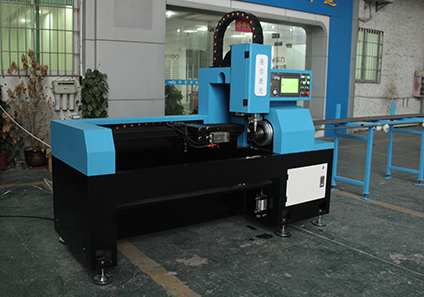English
English
Twenty years ago the word laser generally would bring to mind a vision of highly paid NASA physicist types in white lab coats. This might still be the image that people unfamiliar with the current state of industrial lasers carry.
The reality, though, is that as laser cutting machines have continuously become more sophisticated, more powerful, and more capable, they have also become easier to operate.
Programming lasers is easier than ever. Modern mach ines know not only how to adjust their parameters to cut a given material type and thickness, but also what adjustments to make for difficult geometry.
ines know not only how to adjust their parameters to cut a given material type and thickness, but also what adjustments to make for difficult geometry.
Today's laser programming systems have comprehensive material databases for carbon steel, stainless, and aluminum, allowing a new user with minimal training to begin production rapidly. When given a clean geometry file and a definition of the material type, the computer will generate a machine code automatically.
Today's laser operators need not be physicists either. The laser machines know how to cut most steel, stainless, and aluminum materials right off the factory floor. Machines can even give the operator clear instructions on how to set up for the next job with pop-up messages on the control.
Best of all, lasers no longer require daily adjustments to their cutting parameters. A job that runs one day can run just as well a day, a week, or a month later.
The scientific image of lasers can be a bit daunting. But a working knowledge of computers, some basic math skills, a little bit of logic, and some training by the machine manufacturer are all today's laser operators need.
